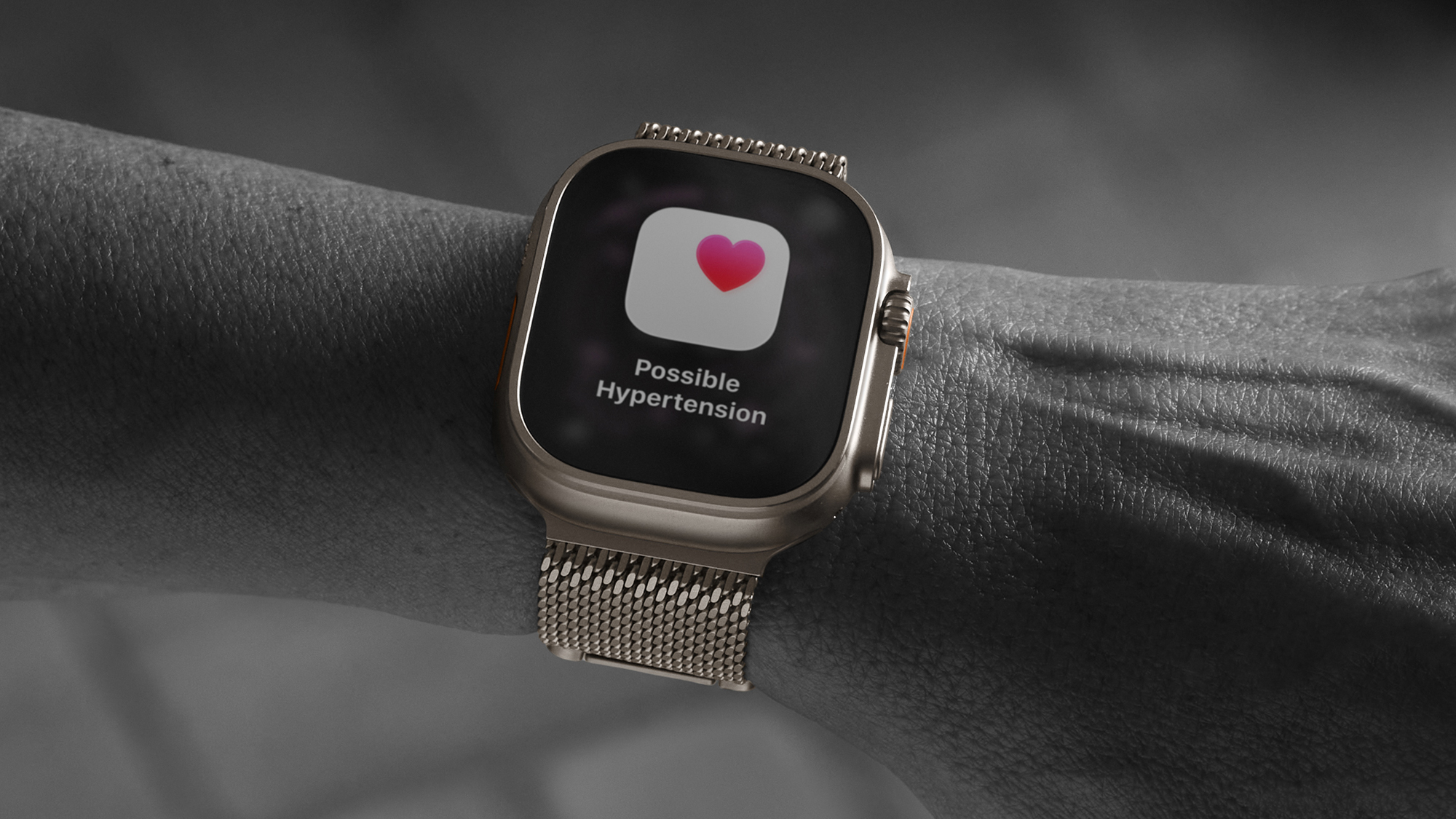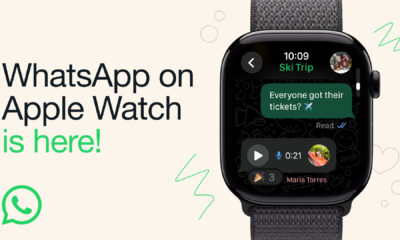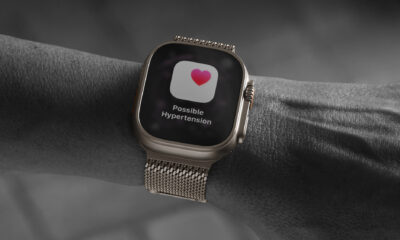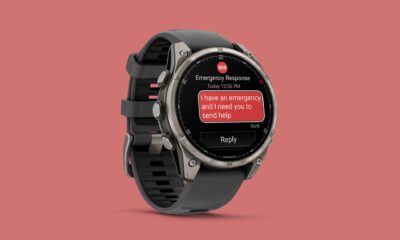Health
Apple Watch Introduces New Feature for Hypertension Detection

The long-awaited hypertension detection feature has arrived on the latest models of the Apple Watch, including the Apple Watch Series 11 and Apple Watch Ultra 3. This new capability has also been rolled out to existing models such as the Apple Watch Series 9, Apple Watch Series 10, and Apple Watch Ultra 2. While the feature promises to enhance health monitoring, users should not expect to replace traditional blood pressure cuffs with their smartwatches just yet.
Understanding How the Feature Works
Hypertension, or chronic high blood pressure, is a significant health concern, often leading to serious cardiovascular problems. Measuring blood pressure involves assessing how forcefully blood presses against arterial walls during the heart’s beat cycle. Normal blood pressure readings consist of two numbers: systolic pressure, which measures the pressure during heartbeats, and diastolic pressure, which measures the pressure in between beats. Elevated levels of these measurements can indicate an increased risk of heart attacks and strokes.
The Apple Watch utilizes an optical heart rate sensor to monitor blood vessel pulses. This sensor, which is already in use for heart rate measurements, detects changes in blood vessels when the heart beats. Apple has developed a custom algorithm to calculate an estimated blood pressure based on these readings. However, users will not see specific blood pressure numbers displayed on their devices, nor can they conduct spot checks like they would with a traditional cuff monitor.
Monitoring Hypertension Over Time
The new hypertension detection feature operates passively, assessing data over a rolling 30-day period. Should the algorithm detect potential hypertension, users will receive an alert recommending that they take further action. This entails using a standard blood pressure monitor for daily readings over the following week. These monitors can be purchased or borrowed from healthcare providers.
Users can log their blood pressure readings manually into the Health app on their iPhones, providing valuable data for their healthcare professionals. While the Apple Watch alert serves as a warning, it does not confirm a diagnosis. Engaging with a healthcare provider with a week’s worth of data can lead to a more accurate assessment than relying on a single reading.
Apple anticipates that within a year, its devices will notify approximately 1 million individuals about hypertension that they were previously unaware of. The underlying algorithm has been refined through machine learning, utilizing data from over 100,000 participants and validated in a clinical trial involving more than 2,000 participants. Despite its capabilities, Apple acknowledges that the algorithm may not detect every case of hypertension, and an alert does not necessarily indicate a confirmed diagnosis.
As the feature continues to evolve with regulatory approval expected soon, it holds promise for those seeking to monitor their cardiovascular health more effectively.
-

 World1 week ago
World1 week agoPrivate Funeral Held for Dean Field and His Three Children
-

 Top Stories2 weeks ago
Top Stories2 weeks agoFuneral Planned for Field Siblings After Tragic House Fire
-

 Sports3 months ago
Sports3 months agoNetball New Zealand Stands Down Dame Noeline Taurua for Series
-

 Entertainment3 months ago
Entertainment3 months agoTributes Pour In for Lachlan Rofe, Reality Star, Dead at 47
-

 Entertainment2 months ago
Entertainment2 months agoNew ‘Maverick’ Chaser Joins Beat the Chasers Season Finale
-

 Sports3 months ago
Sports3 months agoSilver Ferns Legend Laura Langman Criticizes Team’s Attitude
-

 Sports1 month ago
Sports1 month agoEli Katoa Rushed to Hospital After Sideline Incident During Match
-

 World2 weeks ago
World2 weeks agoInvestigation Underway in Tragic Sanson House Fire Involving Family
-

 Politics2 months ago
Politics2 months agoNetball NZ Calls for Respect Amid Dame Taurua’s Standoff
-

 Top Stories2 weeks ago
Top Stories2 weeks agoShock and Grief Follow Tragic Family Deaths in New Zealand
-

 Entertainment3 months ago
Entertainment3 months agoKhloe Kardashian Embraces Innovative Stem Cell Therapy in Mexico
-

 World4 months ago
World4 months agoPolice Arrest Multiple Individuals During Funeral for Zain Taikato-Fox















